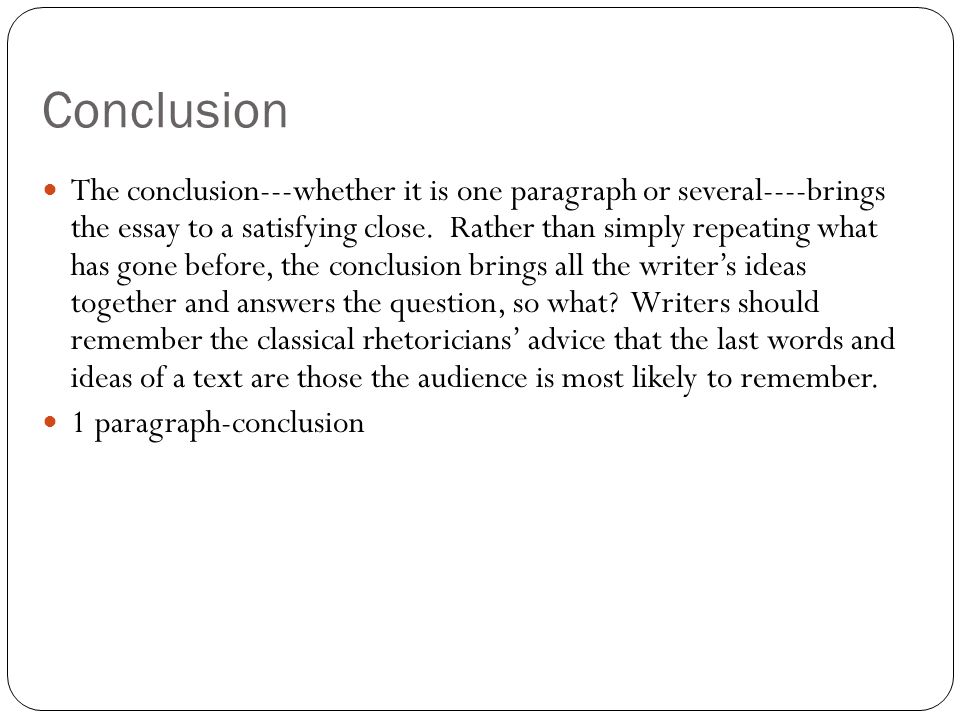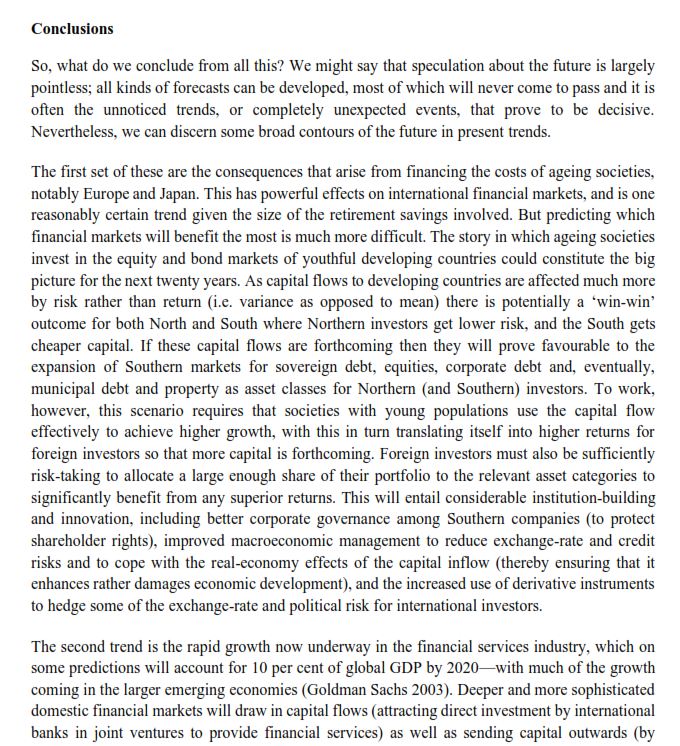The conclusion of a research paper must reinforce the central point of the paper and draw parallels between the previous paragraph and the final paragraph. It should be a brief summation of the main points and make a strong impression on the reader. In addition, it should be precise and powerful. In other words, it must tie up all the main ideas of the paper and make the readers feel satisfied with the information they have read.
The conclusion should restate the thesis and make the reader understand why the paper was written in the first place. If possible, it can include a relevant quotation from a reputable source. However, this may not work for every research paper. Some papers require you to quote a famous scholar or review a piece of literature. The conclusion should tie the argument back to its larger context. This makes it easy for the reader to understand what you’re trying to say.
A conclusion should review the material in the paper and make recommendations on further research. It should also give the reader a sense of direction for the paper. It is also an opportunity to present a call to action. In other words, the conclusion should answer the question “How can we use this information?”
Depending on the type of paper you’re writing, the structure of the conclusion section will differ from that of the rest of the paper. As with the body of the paper, it is critical to discuss the significance of the information presented in the paper. If it was a research paper, the conclusion section should be brief and summarize the main findings. It should also mention anything relevant from a larger perspective, such as an error in the experiment design or a different conclusion by another study.
A conclusion paragraph should be a natural continuation of the main body of the essay. The writer should avoid writing “in conclusion” or “in final paragraph” in the conclusion. Such a sentence can confuse the reader and leave them with a bad impression. Fortunately, there are many ways to write a conclusion paragraph. The following steps will guide you on how to start writing a conclusion for a research paper.
The conclusion should summarize the findings of the paper and its contribution to society. It is an opportunity for the writer to convey his or her own reflection. A conclusion can be as brief as a few sentences, so it’s best to focus on the key points and leave out minor details. When writing a conclusion, remember to avoid making excuses for the way you wrote the paper. Your reader is reading the conclusion, so don’t let it stall you.
The conclusion of a research paper should focus on the main arguments in the paper. It should highlight the key ideas and supporting evidence. It should not present any new information, since its main purpose is to remind the audience of the paper’s importance. The conclusion should be based on a sound argument and should be analytical. It should also not appeal to emotions, as this may lead to an unprofessional conclusion.
The conclusion of a research paper should summarize the main points of the paper and restate its main objective. It shouldn’t be a dry, boring summary of the paper’s body. While it should be brief, it should still have a point of reference for the reader. It should also be relevant to the topic at hand, and give them ideas for how to apply the findings in real life.
The final paragraph should be a concise comment on what needs to be researched next. A strong conclusion should not end with the tired “in conclusion” but rather should leave a lasting impression on the reader. It should end with a question, tie it back to current society, or suggest that readers consider this topic. This will help them make an informed decision. So, how to start writing a conclusion for a research paper?
The last paragraph of a research paper must address the thesis statement. While an introduction should summarize the main points of the paper, the conclusion should explain how the research contributes to a larger context and sum up the results. Ideally, the conclusion will include the most important findings of the paper. In addition, it should be brief and focused on the main argument of the paper. But this depends on the audience.




